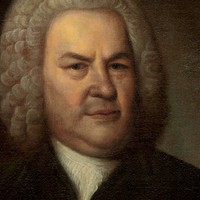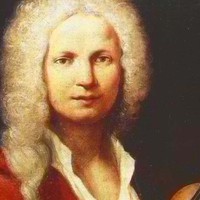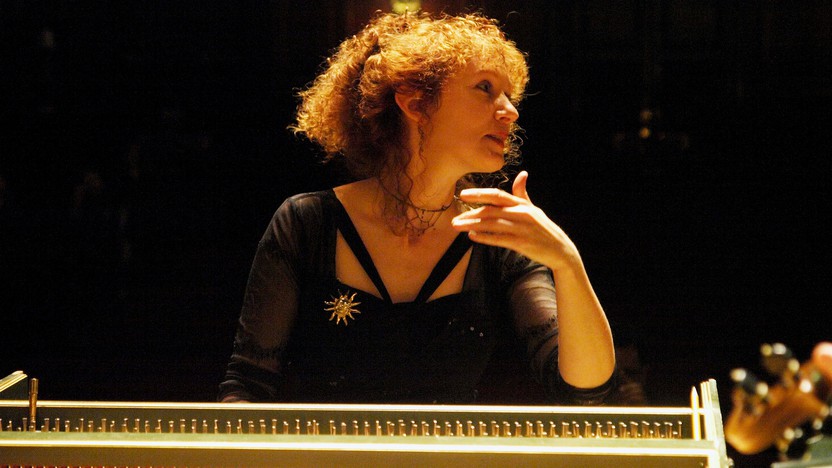Details

George Frideric Handel
Suite from Terpsichore

Johann Sebastian Bach
Concerto for Two Violins
Johann Sebastian Bach probably composed his Concerto for Two Violins around 1730, not long after he agreed to lead Leipzig’s Collegium Musicum. This talented amateur group, founded in 1702 by a young Telemann, provided an outlet for Bach to play instrumental music in a sociable atmosphere, away from the weekly grind of his church duties. Many of the works that Bach brought to the Collegium were arrangements of works from an earlier period when he worked a secular job in Cöthen, so it is possible that the Double Violin Concerto had its origins in some earlier source material.
Along with Bach’s two extant Violin Concertos (also prepared for the Collegium), the Double Concerto borrows from a style popularized several decades earlier in northern Italy by Vivaldi and his contemporaries. Following the Vivaldi model, a ritornello structure in the first movement sets up a strong theme in the accompanying ensemble that makes its presence felt with every return. The added magic in this movement is the sophisticated counterpoint, drawing on the fugue techniques that Bach had advanced far beyond his Italian colleagues. Counterpoint is a crucial feature of the slow movement as well, with the two soloists weaving a patient fugue over an accompaniment that has just enough of a dancing lilt (and a tempo that Bach made sure to mark as “not too slow”) to propel the melodies forward. The contrapuntal technique of canon — with one voice following close after another in an echo effect — makes for a particularly vibrant finale.
Aaron Grad ©2022

Antonio Vivaldi
Concerto in G Minor for Two Cellos
 Listen to Audio
Listen to Audio
Johann Sebastian Bach
Orchestral Suite No. 1
From 1723 until his death in 1750, Johann Sebastian Bach held the demanding position of Thomaskantor, directing music for the principal churches of Leipzig and training the young choristers under his care. Somehow Bach also found the time to direct the Collegium Musicum, an amateur ensemble founded by Georg Philipp Telemann back when he was a student in Leipzig. With most concerts held at a coffee house, the Collegium Musicum provided Bach a space where he could present secular music not fit for church, including the four surviving Orchestral Suites inspired by French dance music.
Bach probably composed the Orchestral Suite No. 1 during his early years in Leipzig, perhaps in 1725. Suites in the French style had become fashionable in Germany, where such a work would have been described as an Ouverture (to use the French spelling), taking the name from the substantial opening movement. As was customary, this one begins with slow dotted rhythms that establish an air of gravitas, linked to a fast fugal section.
The dances that constitute the remainder of the suite each adopt the usual binary structure, consisting of two repeated sections. All but the Courante and Forlane come in sets of linked pairs organized in a da capo format, meaning that the first dance returns for a final pass after the second concludes. In the Forlane — the only movement with that title in Bach’s surviving output — the pastoral oboe melody, droning bass and slurred accompaniment make for a memorable effect. Instead of ending with a typical gigue, the suite closes with a pair of Passepieds, another rare form found only four times in Bach’s music. This fast spin on a minuet reuses the same melody for the second part, dropping the tune to a lower octave and adding a dizzying counter-line from the oboes.
Aaron Grad ©2024

Jean-Philippe Rameau
Chaconne from Dardanus

Antonio Vivaldi arr. Jeannette Sorrell
La Folia (Madness) (arr. Sorrell)
About This Program
Conductor and harpsichordist Jeannette Sorrell brings her “vibrant, life-affirming approach to the re-making of early music” (BBC Music Magazine) to the SPCO for a program of works rooted in dance by masters of the Baroque era. At the heart of the program, SPCO musicians Joshua Koestenbaum and Sarah Lewis are featured as soloists in Vivaldi’s Double Cello Concerto.

